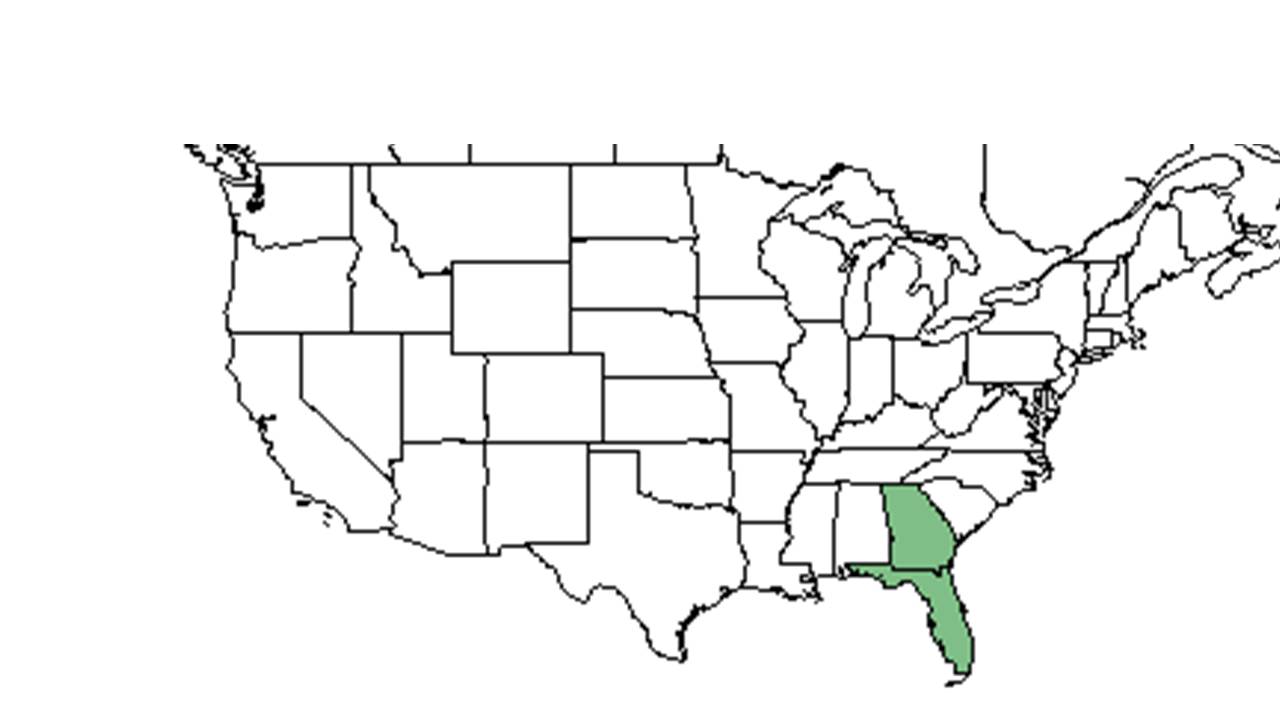Difference between revisions of "Hypericum tetrapetalum"
(→Description) |
Ruthstetler (talk | contribs) (→Description) |
||
| Line 20: | Line 20: | ||
<!-- Basic life history facts such as annual/perrenial, monoecious/dioecious, root morphology, seed type, etc. --> | <!-- Basic life history facts such as annual/perrenial, monoecious/dioecious, root morphology, seed type, etc. --> | ||
Common Name: fourpetal St. Johnswort | Common Name: fourpetal St. Johnswort | ||
| + | |||
| + | ''H. tetrapetalum'' is a slender plant, usually with few branchings (FSU Herbarium). As its name implies, this species has a tetramerous calyx and corolla (FSU Herbarium). | ||
==Distribution== | ==Distribution== | ||
Revision as of 18:44, 20 July 2015
| Hypericum tetrapetalum | |
|---|---|

| |
| Scientific classification | |
| Kingdom: | Plantae |
| Division: | Magnoliophyta - Flowering plants |
| Class: | Magnoliopsida – Dicotyledons |
| Order: | Theales |
| Family: | Clusiaceae ⁄ Guttiferae |
| Genus: | Hypericum |
| Species: | H. tetrapetalum |
| Binomial name | |
| Hypericum tetrapetalum (L.) Crantz | |

| |
| Natural range of Hypericum tetrapetalum from USDA NRCS Plants Database. | |
Contents
Description
Common Name: fourpetal St. Johnswort
H. tetrapetalum is a slender plant, usually with few branchings (FSU Herbarium). As its name implies, this species has a tetramerous calyx and corolla (FSU Herbarium).
Distribution
Ecology
Habitat
Phenology
Seed dispersal
Seed bank and germination
Fire ecology
Pollination
Mark Deyrup at Archbold Biological Station observed these Hymenoptera species on Hypericum tetrapetalum
Halictidae: Augochlorella aurata
Halictidae: Augochloropsis metallica
Halictidae: Lasioglossum coreopsis
Halictidae: Lasioglossum miniatulus
Megachilidae: Megachile brevis pseudobrevis
Use by animals
Deyrup observed these bees, Augochlorella aurata, Dialictzcs coreopsis, D. lniniatulusi on H. tetrapetalum.[1]
Diseases and parasites
Conservation and Management
Cultivation and restoration
Photo Gallery
References and notes
- ↑ Deyrup, M. J. E., and Beth Norden (2002). "The diversity and floral hosts of bees at the Archbold Biological Station, Florida (Hymenoptera: Apoidea)." Insecta mundi 16(1-3).